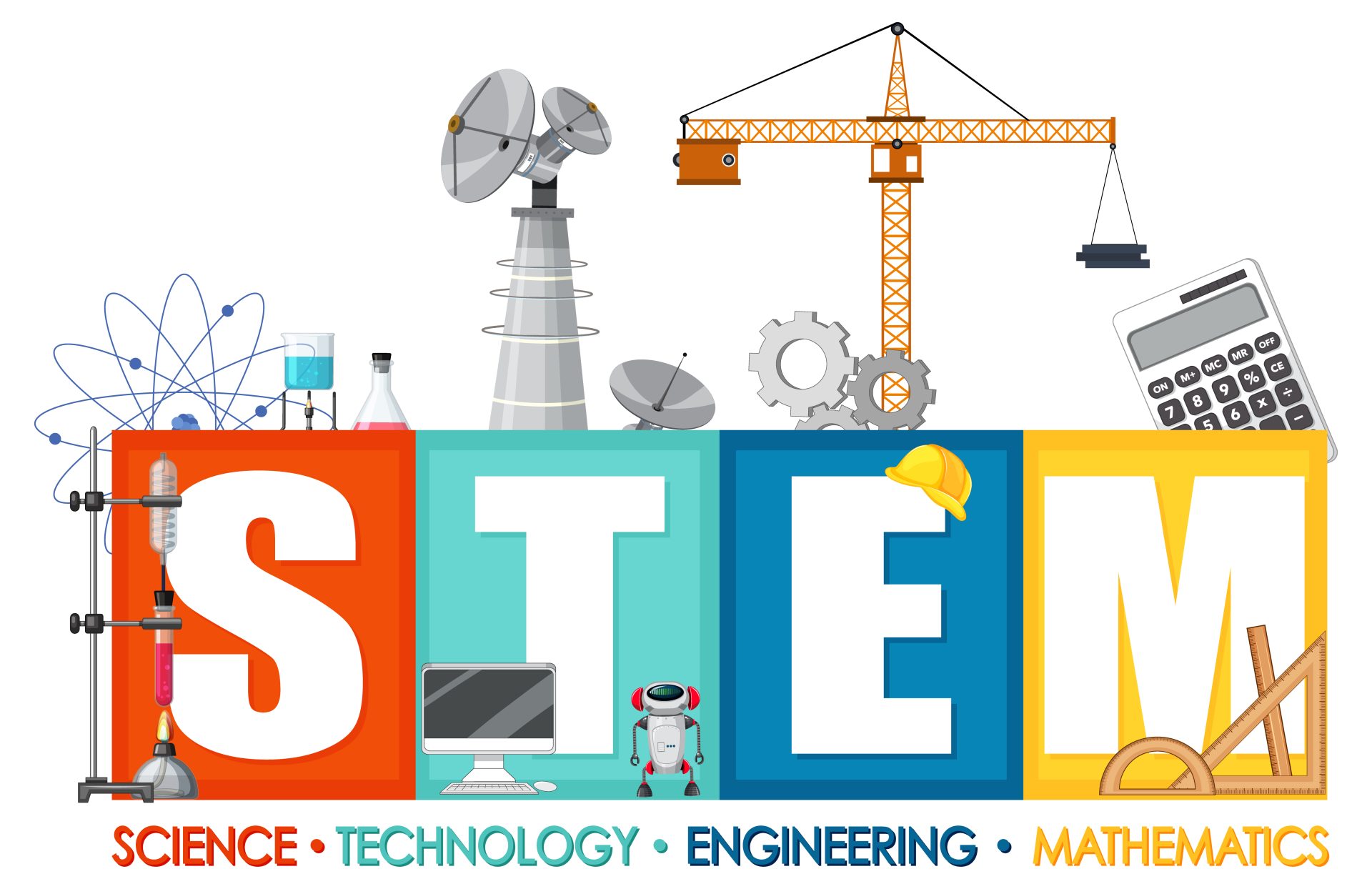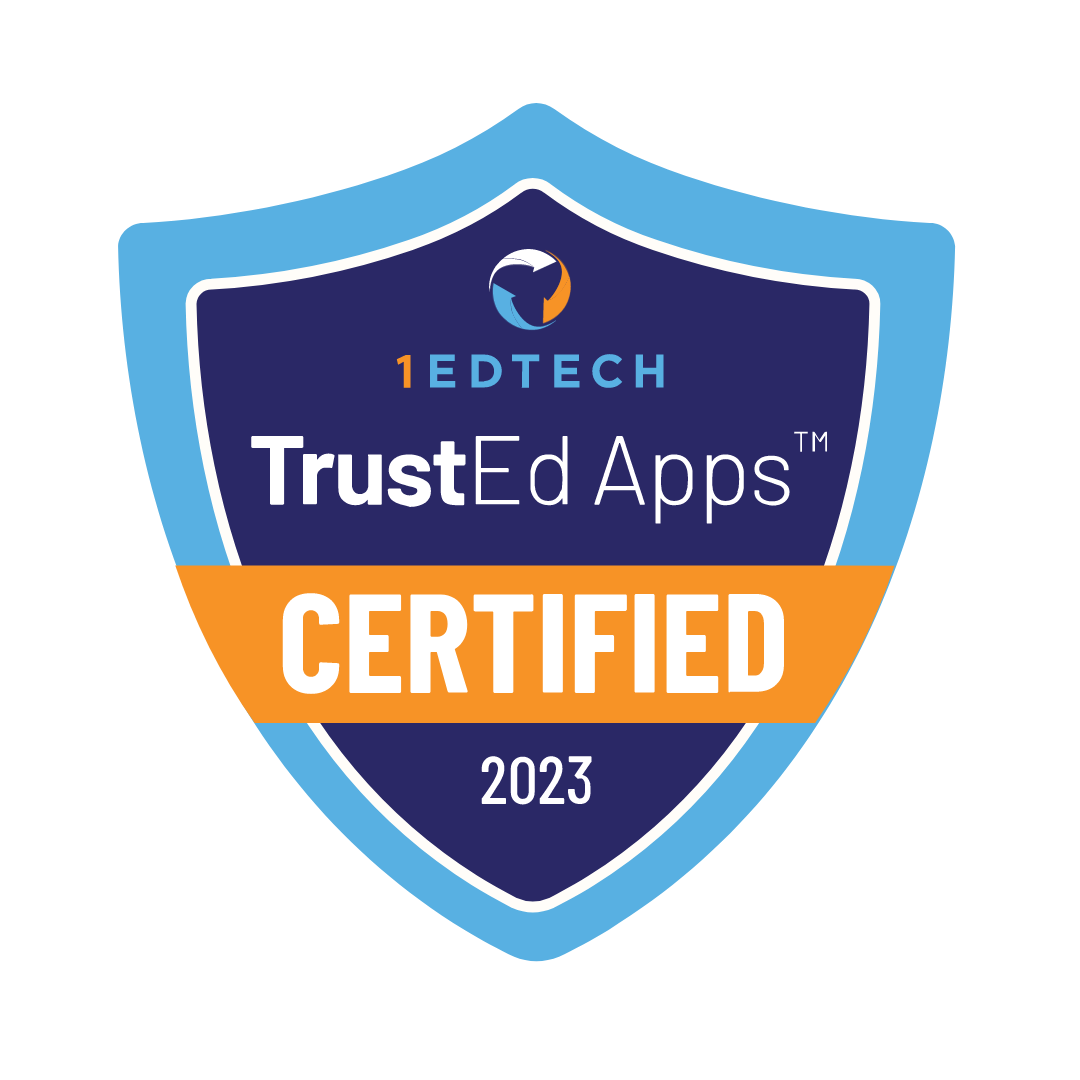Contents
More students join online education every year. Many students want to try it, but not everyone is sure online education suits them. We’ll talk about common challenges and how to handle them in online learning.

Online education is learning through the internet. Students take classes and do assignments online. Students have freedom to study from anywhere at their own pace. Teachers and parents help students with online learning. This support is key since students face challenges not found in traditional schools.
Common Challenges in Online Learning
We’ll look at ten common challenges which affect students’ choice to use online education.
Technical Issues
One of the main technical issues in online learning is unstable internet connections. Students get kicked out of lessons or have trouble downloading materials when the internet is slow or cut out. Parents and students are struggling with different technical problems during their online education. They feel frustrated and overwhelmed, and the student’s academic performance decreases.
Health Concerns
Eye strain is a big health concern. Eye strain results from staring at digital devices for long periods without breaks. Eye strain leads to blurred vision, and other discomforts. The study “Impact of Online Classes on Eye Health of Children and Young Adults in the Setting of COVID-19 Pandemic: A Hospital-Based Survey“ was conducted by R. Neena, M.S. Gayathri, N. Prakash, and G. Anantharaman. This study analyzed the effect of online learning on eye health during the COVID-19 pandemic. Key findings of the research showed of the 496 participants, 50.8% reported eye strain.
Many students lack the right furniture at home, which leads to musculoskeletal problems. Students feel pain in different parts of their bodies without regular breaks.
The pressure of online education and social isolation lead students to stress, anxiety, and other negative feelings. These emotional problems affect students’ mental health.
Procrastination
Students delay their work due to the lack of direct supervision, distractions at home, and too much free time. Students’ grades drop mainly because procrastination leaves them little time to fully understand the material.
Difficulty Staying Motivated
Students lose their focus and motivation in an online environment. Online learning feels uninspiring without in-person meetings and tiring from too much screen time. Some students absolutely lose motivation and drop out of school.
Lack of Peer Interaction
Face-to-face connections are limited in an online environment. Online learning has fewer group activities than traditional learning. All the group activities happen online, making it hard to form strong connections. The learning experience became less engaging for students.

Virtual Extracurricular Activities
Students participate in different extracurricular activities outside the classroom in a classical school. These activities help them grow and reduce stress. Online learning doesn’t offer a lot of physical activities. Online learning activities are mostly virtual. Students without parental support in extracurricular activities outside of virtual ones struggle more with social interactions and handling stress.
Home Distractions
Students have to study in home environments not as controlled or quiet as a traditional classroom. Home is where students want to relax, not study. Students lose motivation, especially when family members ask for help with chores. This leads students to study less, and their grades decrease.
Difficulty Balancing Duties
Home destroys the line between education and family responsibilities for students. Students are expected to help with different issues like care for younger siblings. This pulls students away from their studies. Balancing these duties with online learning adds extra stress and reduces the time for learning.
Unstructured Schedules
Students lack the structured schedule provided by traditional schools. Students fall into bad patterns of sleep, free time, and study. These patterns disrupt their focus in online learning. They don’t pay much attention to the process, miss deadlines, or rush assignments.
Misunderstanding Instructions
The lack of face-to-face interaction makes it harder for students to understand the tasks correctly. Written instructions, while clear to some, are vague or confusing to other students. Students misinterpreting tasks, deadlines, and other information. Students work under incorrect assumptions frequently. This leads to wrong executions of tasks and redoing tasks due to a misunderstanding.

Overcoming Challenges in Online Learning
The challenges we discussed aren’t too hard for students to handle. Here are ten ways students fix these issues and improve their online learning.
Optimize Technology
Parents help students get the right devices for online school, provide reliable internet, and have backup plans for power outages or other issues. Parents use these resources to support students:
- Emergency Broadband Benefit Program
- Digital Equity for All Students
- Federal Communications Commission’s Consumer Tools
- Office of Educational Technology
Take Time to Rest
Students take time to rest to maintain focus and prevent burnout. Short breaks reduce students’ stress and help refresh the mind. Here are five apps to help students manage breaks during online learning:
Create a Daily Routine
Parents help students to stick to a consistent study schedule to maintain focus and discipline. Setting specific hours for study, breaks, and personal activities creates a balanced schedule helping students stay on track. Parents and students use these resources to create a balanced schedule:
Stay Engaged
Students interact with teachers and classmates through group projects, discussion forums, or video calls. Collaborative activities make the learning experience more dynamic for students and help them stay engaged. Different types of learning activities like reading, watching videos, or hands-on projects helps students keep energy and prevents monotony. Students use these resources to achieve these goals:
Improve Communication
Students participate in group discussions, share their ideas, and seek help whenever they face challenges. Effective communication improves collaboration and makes the learning process more interactive and engaging for students. Students and teachers use these resources to improve communication:
Join Virtual Groups
Virtual groups help students to stay connected, collaborate, and enhance their learning experience. Virtual study groups, discussion forums, or project teams allow students to interact with their peers, share ideas, and offer support to one another. These groups provide a space for students to discuss challenging topics, ask questions, and receive feedback. Students use this resources to search and participate in different groups:
Designate a Quiet Workspace
Having a specific area dedicated to studying helps minimize distractions and allows students to focus on their lessons. An organized environment promotes better concentration and reduces interruptions from family members, background noise, or other household activities. These resources help parents and student understand how to create a right space:
Set Clear Goals
The study “Effects of Daily Routine on Students’ SDT Needs Satisfaction: A Pilot Study Towards Developing a Digital Gamified System“ was conducted by Sanaul Haque and the colleagues. This study assesses how daily routines impact research students’ psychological needs based on Self-Determination Theory (SDT). Key findings from the pilot study revealed students’ autonomy levels were low, primarily due to anxiety over meetings with supervisors, research progress reports, and personal health or travel issues. The study suggests addressing autonomy by breaking down tasks into smaller, daily goals to reduce anxiety and improve students’ motivation.
Clear goals give students direction and help them understand what needs to be accomplished within a specific time frame. Students manage their workload better and avoid feeling overwhelmed by breaking down large tasks into smaller, achievable objectives. Students use these application to create and achieve goals:
Use Time Management Tools
Time management tools help students allocate their time effectively. Students maintain focus, avoid procrastination, and reduce stress by managing their time wisely. Students use these time management tools:
Seeking Clarification
Students take an active role in ensuring they fully understand instructions and expectations. Students prevent confusion and avoid mistakes by reaching out to teachers or classmates for clarification. It’s important to ask questions early, rather than waiting until the last minute. Students use these resources to stay in touch with teacher and peers:

What Benefits Do Students Get at Legacy Online School?
Students at Legacy Online School enjoy several benefits, like accredited education widely accepted, helpful teachers, and flexible learning schedules. We make sure every student gets a quality education without the usual challenges of online learning. Our team is here to help students succeed and reach their full potential.
Conclusion
Online learning offers great opportunities for many families. Online learning lets families travel easily and gives students time for personal activities. Parents and students consider if they can handle the challenges of digital learning. We covered ten common challenges of digital learning and shared tips on how to manage them.











